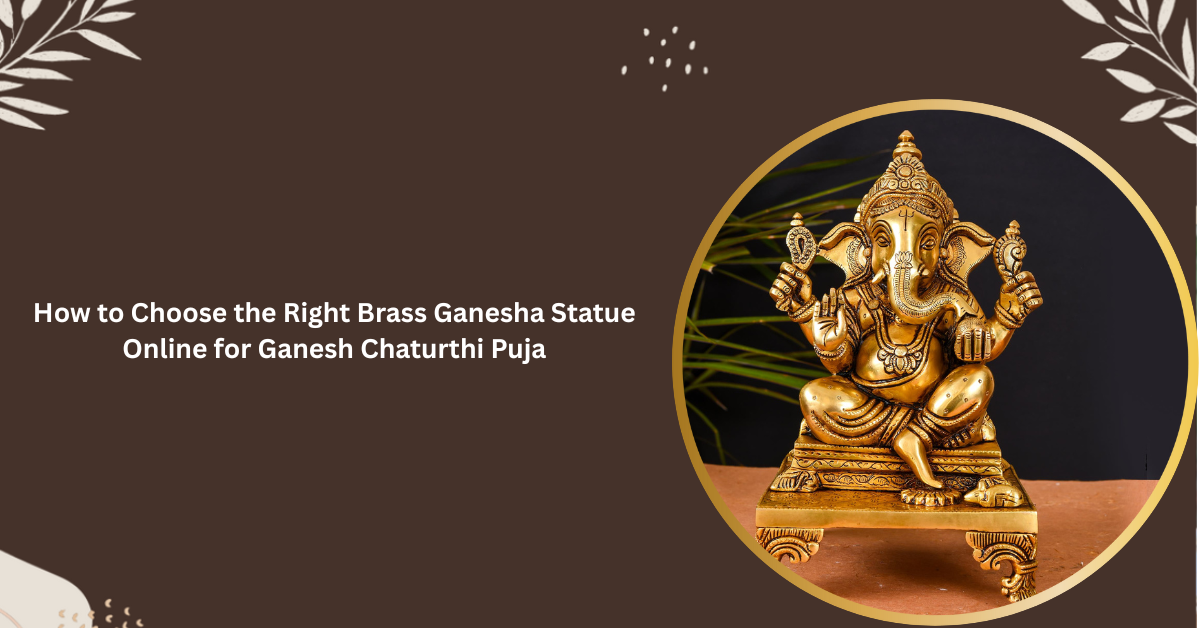

Buddha - The Avatar Of Lord Vishnu
, by javed techqart, 4 min reading time
Siddhartha Gautama, known as the Buddha, is a central figure in Buddhism and one of the most revered spiritual leaders in history. His life and teachings have left an indelible mark on the spiritual and philosophical landscape of the world. This detailed exploration delves into the fascinating journey of Siddhartha Gautama, the man who would become the Buddha, and the foundational principles of Buddhism.
Siddhartha Gautama was born in the 6th century BCE in Lumbini, in present-day Nepal. He was born into the royal Shakya family, and it was prophesied that he would become either a great king or a spiritual leader. Kept in seclusion, Siddhartha lived a life of luxury and privilege, shielded from the world's harsh realities.
Siddhartha's life took a profound turn when, at the age of 29, he ventured outside the palace and encountered what would be known as the Four Sights: an old man, a sick man, a corpse, and a wandering ascetic. These sights deeply impacted Siddhartha, making him confront the inevitable realities of aging, sickness, and death, prompting him to seek a path beyond the world's suffering.
In an act of renunciation, Siddhartha left behind his princely life, including his wife and son, and embarked on a spiritual quest for understanding and liberation from suffering. He sought guidance from various teachers and engaged in rigorous ascetic practices, but none provided the answers he sought.
The Enlightenment Under the Bodhi Tree
Siddhartha, undeterred, continued his quest for truth. Sitting beneath the Bodhi Tree in Bodh Gaya, he resolved not to rise until he attained enlightenment. After a period of intense meditation, Siddhartha experienced profound realizations, culminating in his attainment of enlightenment, or Nirvana. He became the Buddha, meaning the Enlightened One.
The Four Noble Truths
The Buddha's enlightenment led to the formulation of the Four Noble Truths, the foundational principles of Buddhism:
- Dukkha (Suffering): Suffering is an inherent part of existence.
- Samudaya (Cause of Suffering): Suffering arises from craving and attachment.
- Nirodha (Cessation of Suffering): Liberation from suffering is attainable by eliminating craving.
- Magga (Path to the Cessation of Suffering): The Eightfold Path is how to end suffering and attain Nirvana.
The Eightfold Path
The Eightfold Path is a guide for ethical and mental development, consisting of right understanding, right intention, right speech, right action, right livelihood, right effort, right mindfulness, and right concentration.
The Buddha spent the next several decades travelling across northern India, teaching his insights and establishing a community of followers known as the Sangha. He engaged with people from all walks of life, sharing his wisdom on the nature of suffering, the impermanence of existence, and the path to liberation.
Parinirvana
At the age of 80, the Buddha entered Parinirvana, the final passing away, in Kushinagar. Before his death, he emphasized the importance of personal experience and critical inquiry, urging his followers not to accept his teachings blindly but to verify them through their own direct experience.
The Buddha's teachings have had a profound and lasting impact, not only in the development of Buddhism but also in influencing various philosophical and spiritual traditions worldwide. Buddhism, with its emphasis on compassion, mindfulness, and the pursuit of inner peace, continues to inspire millions seeking a path to liberation and understanding.
The life of Siddhartha Gautama, the Buddha, is a story of profound transformation and enlightenment. His teachings, emphasizing the nature of suffering and the path to liberation, have shaped the spiritual landscape of the world, offering a timeless guide for those on a quest for understanding and inner peace.
Blog posts




